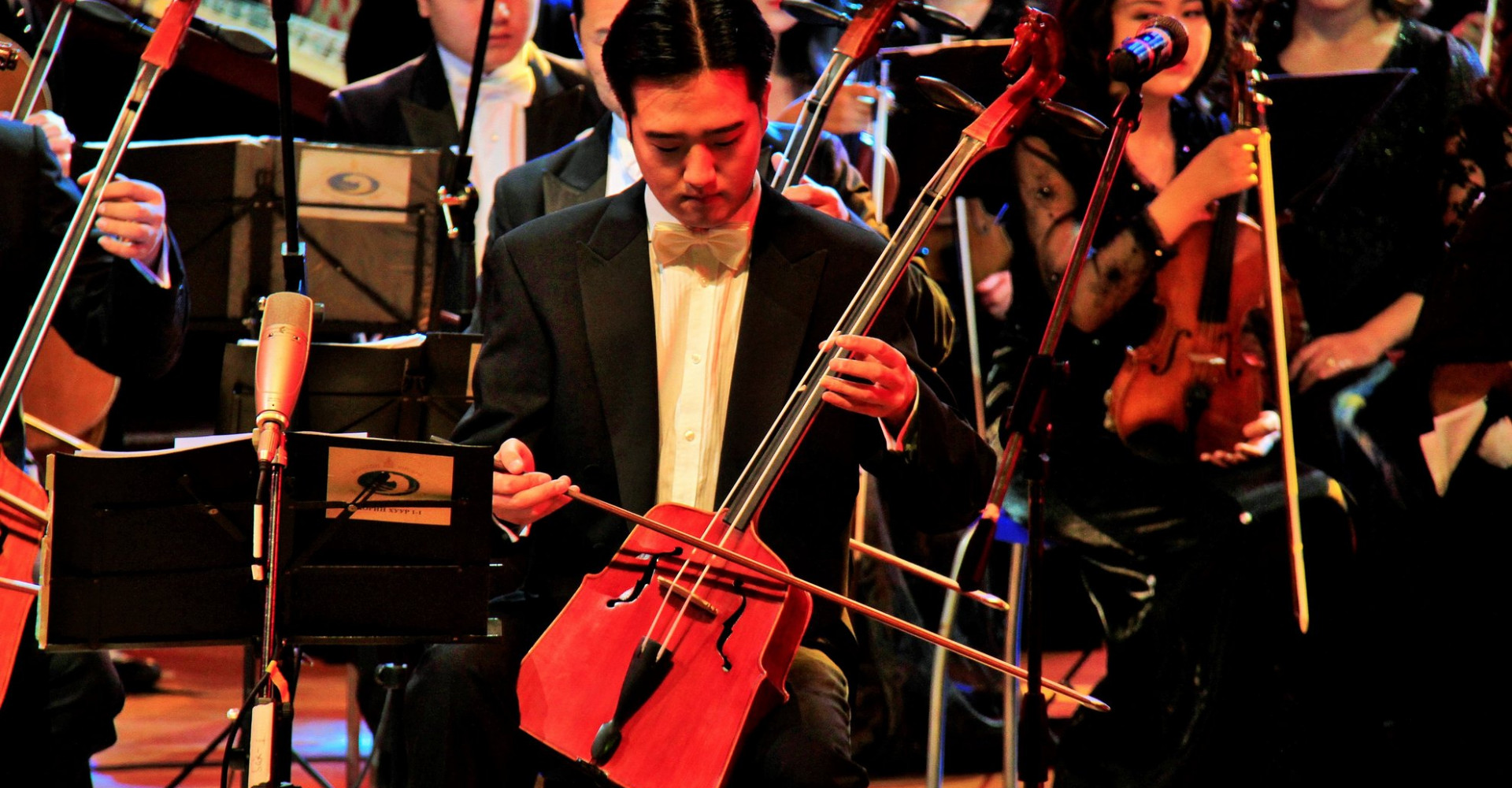The traditional instruments were first come in the early 13th century and Mongolians developed some string and pipe instruments of the Central Asia. The instruments are divided as a traditional and a professional. The traditional instruments are for the use of the special ethnicity. In general, there are three types of Mongolian traditional instrumentals – string, pipe and beating.
Yochin: Since 1991, Mongolians have used around 7 types of yochin having 8, 10 and 12 columns of tunes. Yochin is made of wood and sting has 18 rows, each has 3-4 strings. Generally, the shape of it is trapeze and a top part is smaller than bottom. In modern music harmony, yochin is in use of solo or mixed position. Great yochin has 16-20 tevhs while medium yochin has 12-16. More closed the tevh postion is, more improved technic of the Mongolian traditional popular song, furthermore, giving the opportunity to play world classic music. Yochin has two bamboo sticks, a heavy reverberation because of not having sound lower, and special loud melody.
Flute: Ancient pipe instrument with special compound melody helps Mongolian traditional music be more comforting. Even though flute was usually made of bamboo, iron and plastics are common in a progress of it. The nuance of flute is different regarding of its distance between holes on it. The length of flute defines its name, such as great, medium and small. It will be tuned by its small extra attached on the head. The skill to breathe longer is required when the flute is played.
Huuchir: Since the ancient Mongolia, a huuchir has been played as a string instrument. The ancient huuchir had only one string, but there are now four strings tuned by a couple in it. Mongolian huuchir had miniature, ears, and head. The huuchir we are currently using is 80 centimeter long and made of red or black tree. The main uses of it are in Mongolian traditional songs, magtaal, and Mongolian traditional choral group as well. The box of the huuchir is usually made by the skin of the colt or the snake.
Yatga(zither): One of the string instruments in Mongolia and very similar to the harp in Europe. Yatga is classified in string, tovshvor, or thumping instruments. What special about the yatga is that there is no definition of yatga style, anyone can use their own method to make it, having miniatures, vivid colors expressing Mongolian traditional signs, having 5 levels of string from low to major octaves. Nowadays, the body of yatga is straight and made of wood dried for a year. Yatga has 13 tevhs middle of the string and the 13 strings are attached from the top of the main body called face to the bottom of it called huir. Tevs is for tuning. The current way to play the yatga is that the right hand is in use of pulling strings while the left hand presses on the strings. The reason why the left hand pressing the strings is strings are bit longer than its body.




